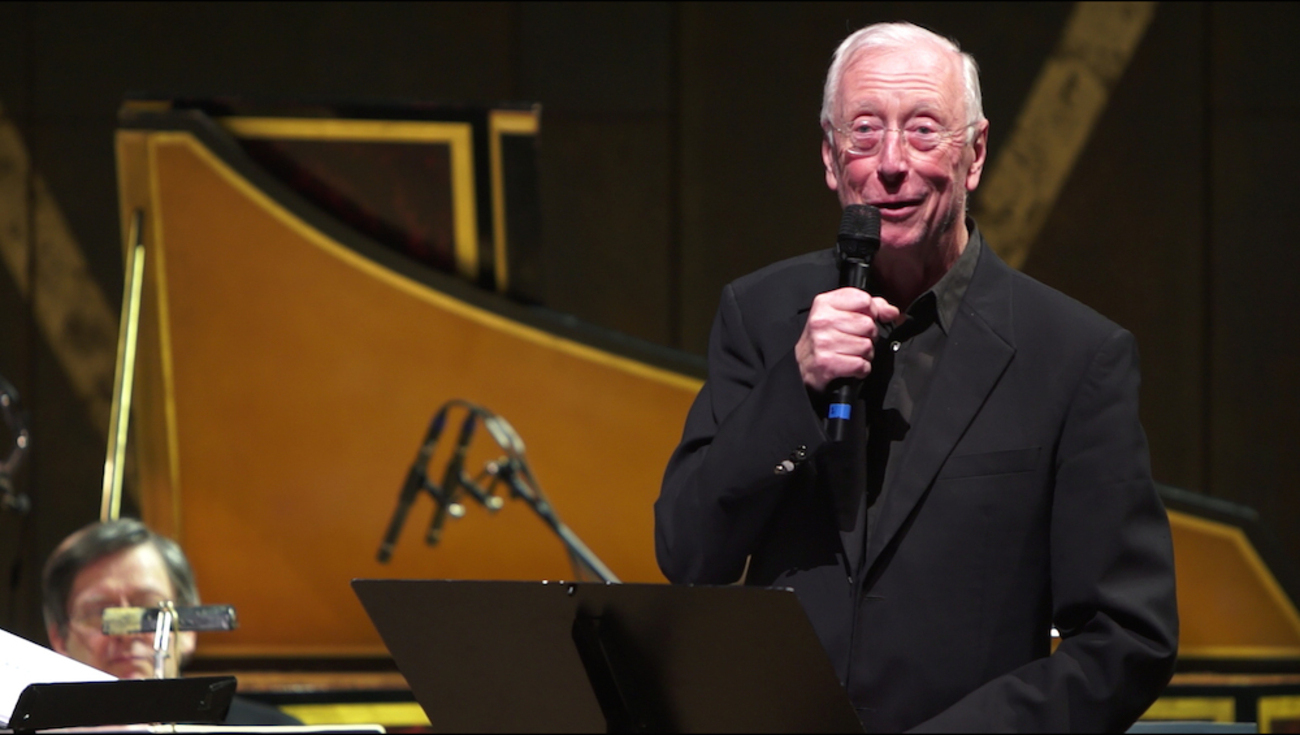Musical director and Presenter
William Christie
Cast
The soloists of Le Jardin des Voix 2015
Lucía Martín-Cartón, soprano (Spain)
Lea Desandre, mezzo-soprano (France)
Carlo Vistoli, countertenor (Italy)
Nicholas Scott, tenor (United Kingdom)
Renato Dolcini, baritone (Italy)
John Taylor Ward, bass (United States)
Musicians of Les Arts Florissants
Program
Giaches de WERT
Madrigal de In quinto libro de Madrigali a cinque voci
Queste non son più lagrime
(extract from Introduction)
George Frideric HANDEL
Extract from Orlando, HWV 31 (Act II, sc. 10)
Aria “Ah! stigie larve, ah! scelerati spettri!” (CV)
George Frideric HANDEL
Extract from Il trionfo del Tempo e del Disinganno, HWV 46a
Aria “Lascia la spina cogli la rosa” (LMC)
Antonio VIVALDI
Extract from La virtù trionfante dell’amore e dell’odio
Aria “Care pupille” (NS)
Antonio VIVALDI
Extract from Ottone in Villa, RV 729
Aria “Gelosia, tu già rendi l’alma mia” (LD)
Antonio VIVALDI
Extract from Orlando furioso, RV.Anh.84
Aria “Ah sleale, ah spergiura” (RD)
Domenico SARRO
Extract from L'impresario delle Canarie
Intermezzo Primo (extracts) (LD, JTW)
Joseph HAYDN
Extract from La Canterina, Hob.XXVIII:2 (Act I)
Quartetto “Scellerata ! mancatrice ! traditrice !” (LMC, LD, NS, RD)
Musical editions:
Les Arts Florissants (Pascal Duc)
Bernardo Ticci Edizioni, 2012 for Orlando Furioso from Antonio Vivaldi
Gabriele Catalucci, 1992 for L’impresario delle Canarie from Domenico Sarro
Music lesson
The rhetoric of passion : Eloquence in the Golden Age of Italian music
Ensemble
Les Arts Florissants
In the company of the soloists from the seventh edition of Le Jardin des Voix and the musicians of Les Arts Florissants, William Christie will give a music lesson to complement In an Italian Garden, the program being performed by Le Jardin des Voix. He’ll be combining the roles of conductor and lecturer to offer the audience the possibility of sharpening their appreciation of Baroque music, bringing them closer to an understanding of its essence.
A true hothouse of passions, Baroque music exalts the soul-wrenching emotions of the characters it portrays. Love, hate, jealously, disappointment, anger… How are we convinced by the expression of these feelings? What is it that makes them believable? What is this rhetoric of passion that makes Baroque music so eloquent?
The particular attention William Christie pays to the lyrics should not obscure his conviction that the music itself possesses its own rhetorical structure. Indeed, for him, eloquence is also rooted in a certain way of writing and interpreting the music. All his work with Les Arts Florissants takes its source in this principle, one which was shared by the music theorists of the era who offered singers “special ‘recipes’ for expressing emotion, explaining how to make the music seem ‘majestic’ or ‘violent’, or how to produce ‘muffled’, ‘tender’, ‘light’ or ‘mannered’ sounds. These directions are just as important today as they were in 1755 with regard to the interpretation of the works...”*
*Quoted from William Christie’s preface to the catalogue of the exhibition “Figures de la passion”.
Previous dates
Paris / France
Philharmonie de Paris
- Wednesday, March 25 2015, 8.30pm
Perth / Australia
Perth International Arts Festival
- Friday, March 6 2015, 7.30pm









